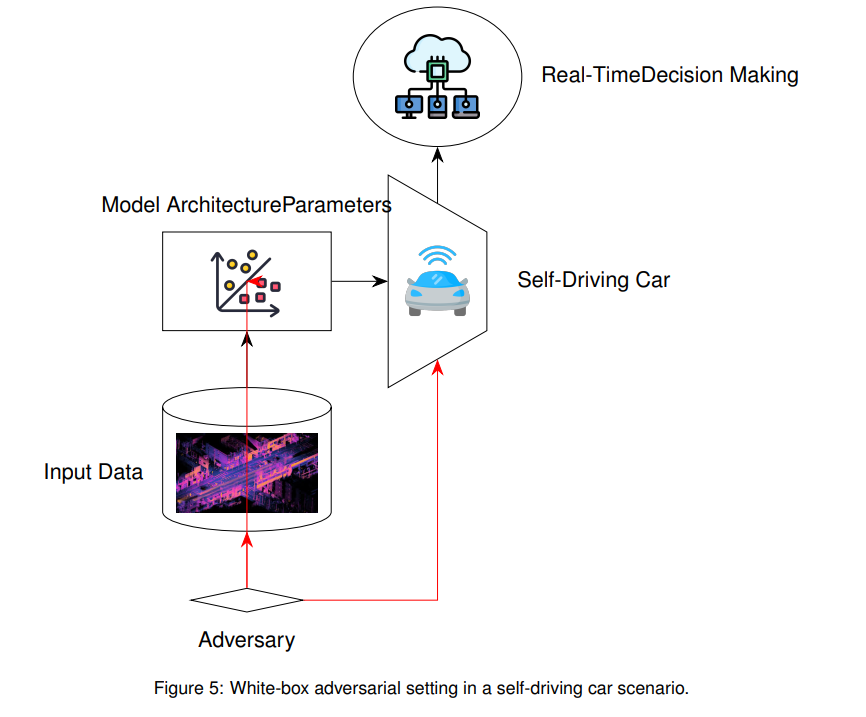A Comparative Analysis of Adversarial Capabilities, Attacks, and Defenses Across the Machine Learning Pipeline in White-Box and Black-Box Settings
Abstract
The increasing adoption of machine learning models across various domains has brought to light the critical issue of their vulnerability to adversarial attacks, raising concerns about their security and reliability. This research discusses the adversarial capabilities that can be exploited at different stages of the machine learning pipeline: training, testing, and deployment. We investigate the distinct challenges and opportunities adversaries face in both transparent (white-box) and opaque (black-box) settings. Adversaries can tamper with the training data during the initial phase of the machine learning pipeline, compromising the model's learning process. In a transparent setup, adversaries possess the ability to directly alter, introduce, or eliminate samples, injecting malicious patterns. Conversely, in an opaque setup, adversaries can indirectly sway the training process by manipulating data collection or preprocessing stages. Safeguarding against training-stage attacks necessitates data cleansing, anomaly identification, and resilient training techniques like adversarial training. Moving on to the testing phase, adversaries concentrate on designing deceptive examples that mislead the trained model. Adversaries with comprehensive knowledge of the model, operating in a white-box scenario, can meticulously craft highly targeted adversarial instances. On the other hand, black-box adversaries, lacking direct access to the model, employ techniques such as transferability to generate adversarial examples. Effective countermeasures against testing-stage attacks encompass adversarial training, ensemble approaches, and randomized defense mechanisms. As the model is deployed and used in real-world contexts, adversaries exploit vulnerabilities to undermine its performance. In a white-box setting, adversaries can meticulously examine the model's behavior and engineer targeted attacks. Conversely, black-box adversaries probe the model and exploit weaknesses by carefully constructing malicious inputs. To protect against deployment-stage threats, defenses such as real-time monitoring, anomaly detection, secure deployment practices, and regular security assessments are also discussed.

Downloads
Published
How to Cite
Issue
Section
License
Copyright (c) 2022 Applied Research in Artificial Intelligence and Cloud Computing

This work is licensed under a Creative Commons Attribution-NonCommercial-NoDerivatives 4.0 International License.




